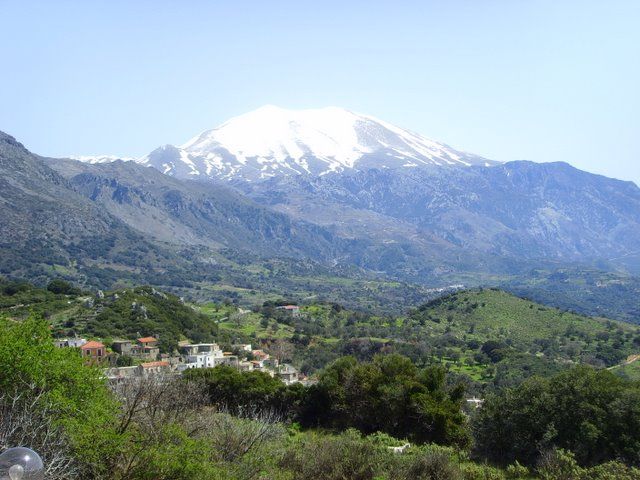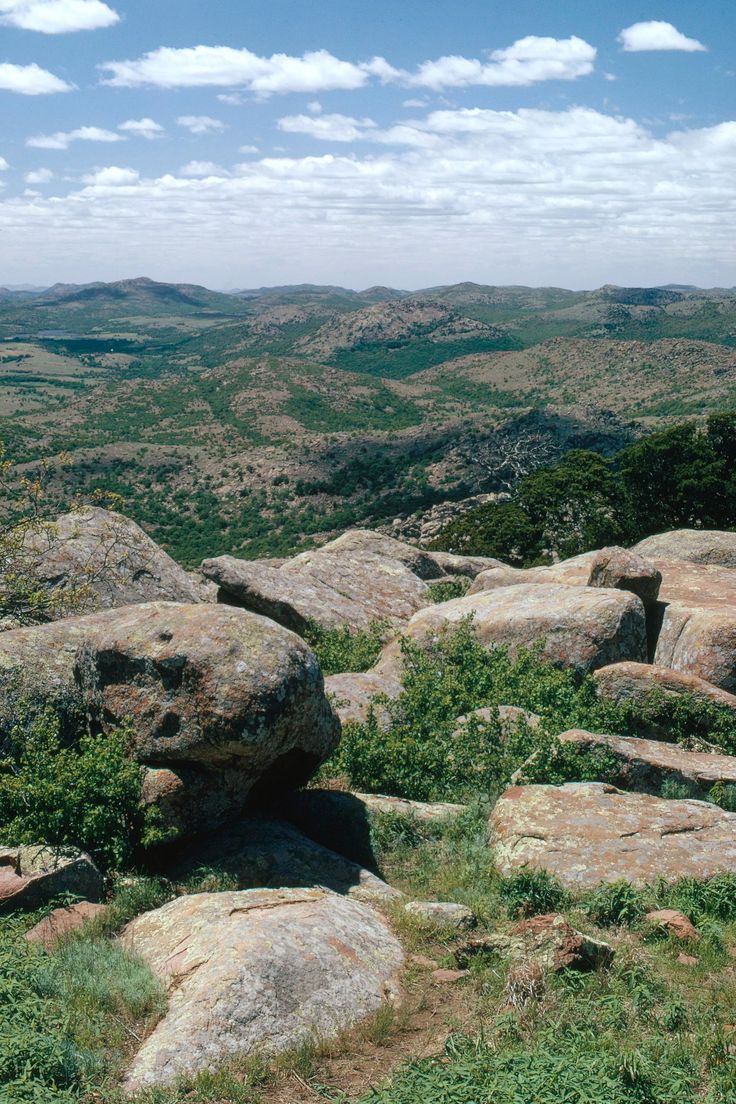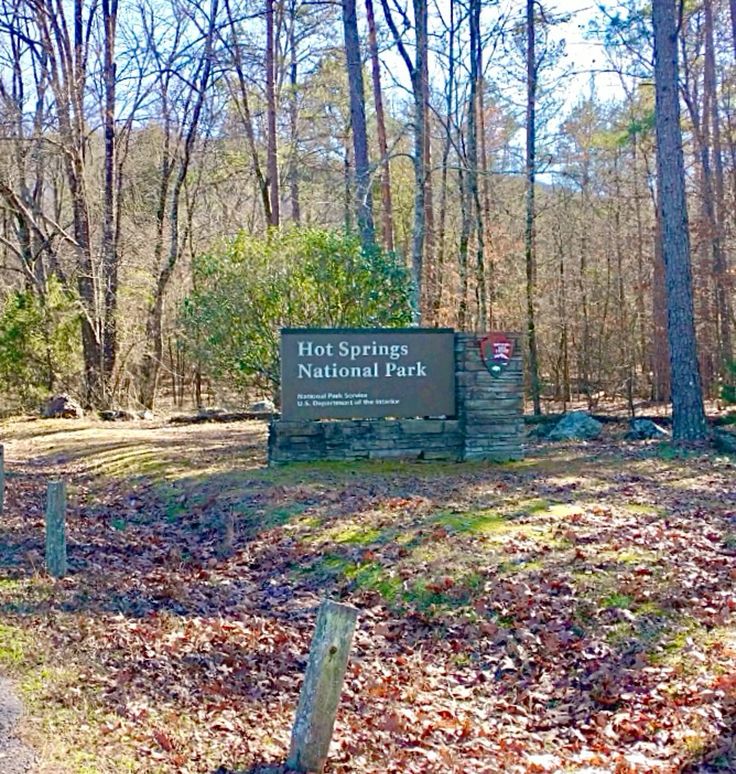About Crater of Diamonds State Park
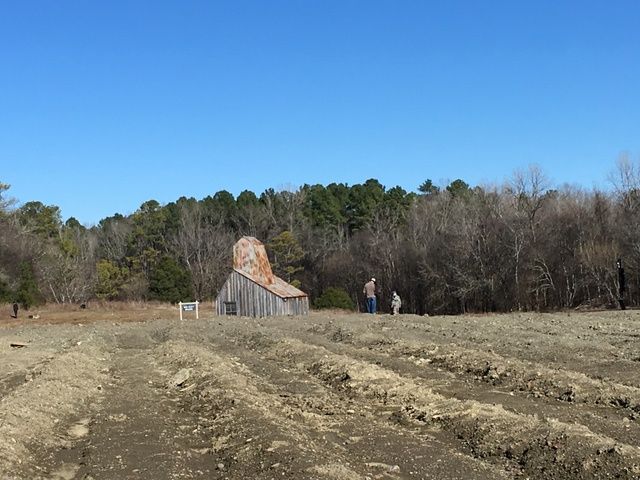
Crater of Diamonds State Park in Murfreesboro, Arkansas. Known globally as the only diamond-producing site open to the public, this park attracts thousands of visitors every year, from seasoned rockhounds to curious tourists and families seeking adventure. This park allows visitors to hunt and dig for diamonds found in large quantities from the original volcanic source, in the state park.
The park operates a finders keepers policy, which makes it different from other state parks. You don't need a license or permit to dig, and you get to keep any diamond, gemstone, or mineral you find, regardless of its size, quality, or value. This rule transforms your experience from a mere rockhounding activity into a genuine treasure hunt, offering every visitor the chance to make a truly life-changing discovery. The park's staff is also available to help you identify any potential gems you find, adding to the excitement and educational value of your visit.
The diamond fields of Arkansas have long fascinated miners, geologists, and gem hunters. Diamonds were first discovered in the area in 1906, sparking commercial mining activity that lasted through the early 20th century. However, operations slowed and eventually ceased after fires destroyed key facilities in the 1920s.
In 1972, the site was officially designated Crater of Diamonds State Park after the land was bought by the state, and then opened to the public for recreational diamond prospecting. Unlike commercial mines, the park invites anyone to dig and search for diamonds in their original volcanic source. Since its opening, over 35,000 diamonds have been found by visitors, including:
- Uncle Sam, a 40.23 carat Diamond adjudged the largest diamond ever discovered in the U.S.
- Amarillo Starlight, a 16.37-carat gem found by a tourist in 1975.
- Star of Arkansas is a 15.33-carat, beautiful white diamond.
- Esperanza Diamond, an 8.52-carat modern discovery that gained national attention.
These finds prove that even today, anyone with patience and a keen eye could walk away with a priceless gem. The park has walking trails, picnic sites, camp and tent sites, as well as a gift shop, making it an adventurous rockhounding experience that you will enjoy if you plan to visit.
What You Can Find at the Crater of Diamonds
You can find Diamonds and other gemstones such as amethyst, quartz crystals, jasper, agates, and garnets.
Diamonds
In 1967, the Arkansas General Assembly declared Diamond the official state gemstone, further cementing the park's reputation as a geological treasure. You are most likely to find large deposits of Diamonds in the volcanic land of the park. Formed deep within the earth and brought to the surface by volcanic activity from 95 million years ago, deep-seated magma carrying diamond-bearing rocks called lamproite erupted to the surface. As the magma cooled and eroded over millions of years, diamonds and other minerals were left near the surface, where they can still be found today, loose in the soil, especially after rainfall. Diamonds at the park come in white, brown, and yellow hues. Diamond is of immense economic value, as it is used in the making of jewelry, industrial equipment, medical equipment, and even in technology, as semiconductors.
Although the primary focus of the park is to dig for diamonds, visitors can also find other mineral stones, such as:
- Amethyst: Amethyst, a purple variety of quartz, is another exciting find. With its glassy luster and deep violet hues, amethyst is not only prized in jewelry but also revered historically for its supposed healing properties. Formed in volcanic rock, this gem is created when quartz, still in its liquid state, seeps into cavities left by gas bubbles. Ancient civilizations revered amethyst for its beauty and believed it had powerful healing properties, using it to ward off drunkenness and promote a clear, alert mind. It is also said to bring sleep and rest, boost the immune system, and was often used for engraved gems in antiquity. Also, it is known as the February birthstone. Amethyst is found in many locations around the world, and one of such places is in the Crater of Diamonds in Arkansas. The park is the only place in the state known for crystals of amethyst large enough to be used for lapidary work.
- Agates: Agates found in the diamond park display a lace-like pattern, usually in a rectangular piece, and are found most often in the park's drainage areas. While the agates here are not typically strong enough for lapidary work, their unique patterns and colors make them a beautiful find for any collection.
- Jasper: You may also discover pieces of jasper, a form of chalcedony. The jasper found at the park is typically reddish-brown or deep red in color, adding another beautiful stone to your finds. Formed from silica deposits with iron oxide impurities, jasper has long been used in jewelry and ornamental objects.
- Garnets: These beautiful red to reddish-brown gemstones are also found throughout the park, offering another exciting discovery as you dig.
- Quartz Crystals: Both clear and smoky quartz crystals are common finds, providing a great opportunity to start or expand a collection of these classic minerals.

Diamond
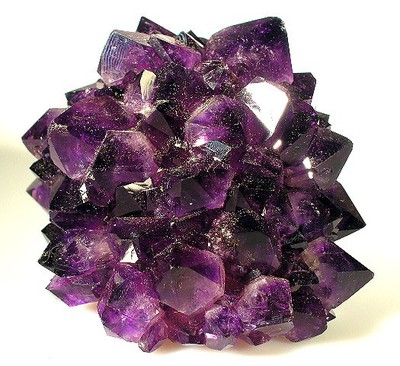
Amethyst

Agate
Location of Crater of Diamonds State Park
Crater of Diamonds State Park is located in Murfreesboro, Arkansas. The park is easily accessible by car, with clear signage leading to the main entrance.
The park is centered around its 37-acre diamond search field, which is the eroded surface of a diamond-bearing volcanic crater. The site has a visitor center where you can drop by, the Diamond Discovery Center for gem identification, and a variety of hiking trails, picnic areas, and campgrounds, providing a complete and adventurous experience.
Recommended Gear and Tips
Recommended Tips for Crater of Diamonds State Park
Before embarking on the long journey to the Arkansas state park to hunt for Diamonds, here are some tips to keep at the back of your mind.
- Tools: Mining equipment is allowed as long as they are not mechanically operated, or you can rent equipment from the park to make it easy for you. The most common tools to bring for successful digging include a small shovel and trowel, a sifting screen, and a bucket.
- Visitor Centre: While you are here, visit the park visitors' center to view exhibits of real uncut diamonds and complimentary specimens of other mineral exhibits. This is a great way to learn what you're looking for and to see what a genuine diamond looks like in its natural state. The park also has walking trails, picnic sites, and camping facilities, which you can explore while you are here.
- Best Time to Visit: The best weather to visit the park is during spring or fall, the weather is chill, and the rain must have uncovered hidden Diamonds, making digging a worthy venture. The summer weather is too hot, while the winter is an unfavorable time for rockhounding.
- Stay Hydrated: Bring water, sunscreen, and a hat, especially if you go during warmer months.
- Respect Park Rules: Each visitor is allowed to collect rocks and gems, but only with non-mechanical methods. Always check with staff for updates on collection limits.
Recommended Gear
These tools will make your rockhounding experience worthwhile.
- Shovel or Trowel: This will aid in some light digging needed to unearth diamonds from the soil.
- Sifting Screen: This will come in handy to help separate dirt from potential finds.
- Buckets: To collect and keep the diamonds, or any other rocks you find while rockhounding.
- Water and snacks: Carry your water and snacks along to keep you refreshed and energised while digging for diamonds. See our recommended water and snacks here.
- First Aid Kits: To manage basic injuries and cuts you might encounter while digging, you need a first aid kits that carry the essentials needed to manage basic wounds.
- Bag: A good bag or backpack to carry your gear and other items safely without losing them.
Remember, you can always rent tools from the park to aid your digging.
Recommended Gear
Final Thoughts
The Crater of Diamonds State Park gives an exciting thrill of gem hunting. Whether you're hoping to discover your own gemstone or simply enjoy a day outdoors, the park offers an experience like no other.
Before visiting, check out the official website to make enquiries on what is required of you before visiting, follow the helpful tips shared in this article, and ensure you enjoy the rockhounding experience at the Crater of Diamonds Park, Arkansas.
Other Sites in Arkansas
While you are exploring the rich diamonds of Crater of Diamonds, there are other exciting locations in Arkansas where you can find rich minerals and crystals.
Guidebooks For Arkansas
Arkansas is well-known for its natural treasures, from the sparkling diamonds at Crater of Diamonds State Park to quartz crystals, jasper, and agates found across the state. If you want to explore more about Arkansas's unique rockhounding history and gemstones, these guidebooks are excellent resources to get you started.




